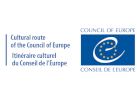1. What year was the STGA established, and where is the headquarters?
The Scottish Tourist Guides Association (STGA) was formed in 1959. In 1996 the Association was registered as a Limited Company in Scotland, with its headquarters in Stirling.
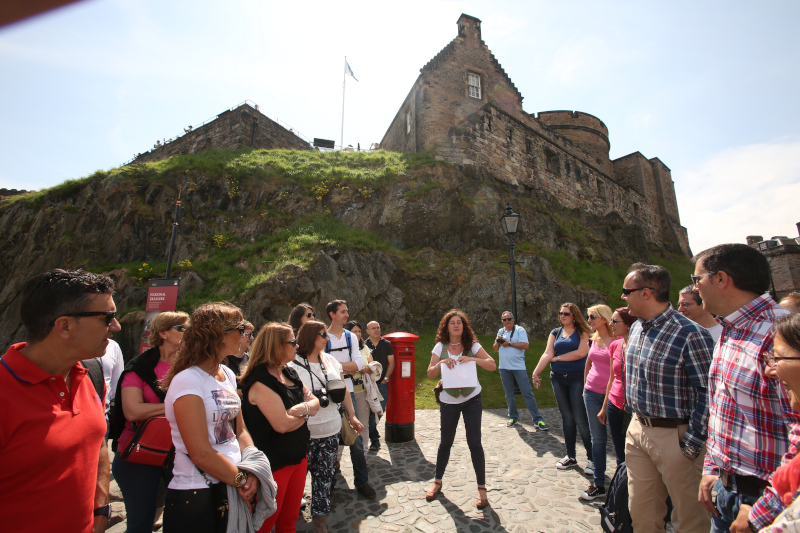 Guiding inside Edinburgh Castle © STGA
Guiding inside Edinburgh Castle © STGA
2. What is the primary mission/goal of the STGA? Along with outlining the mission/goals, if the association works with other local tourism organizations, be sure to include in the response.
The primary objectives of the STGA are:
- to establish, co-ordinate, service and help to sustain a national association of qualified tourist guides in Scotland;
- to provide assistance to members of the Association. This is achieved by staff and a Board of Directors who manage a guide booking system and provide technical, managerial and marketing support. Board committees focus on Training, Marketing, Continuing Professional Development (CPD) and Finance and work with Industry sector Partners in tourism e.g. the Scottish Government, City Councils, the Tourism Alliance (STA), Edinburgh Tourism Action Group (ETAG), VisitScotland, local media and social media;
- to collate and disseminate information relating to tourism and associated activities;
- to promote the widespread recognition of the STGA and of the services provided by the Association and by its members within the tourism industry in the United Kingdom and elsewhere and amongst the general public;
- to advance the reputation of qualified tourist guides in Scotland who are members of the STGA; with a view to raising the standards of tourist guiding in Scotland; and
- to promote the employment of members of the STGA as qualified tourist guides in Scotland.
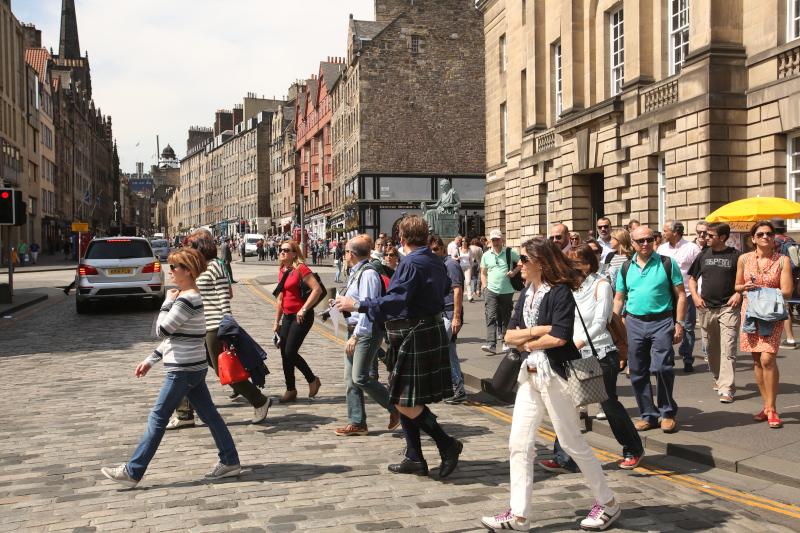 A kilted guide guides his group across the Royal Mile, Edinburgh © STGA
A kilted guide guides his group across the Royal Mile, Edinburgh © STGA
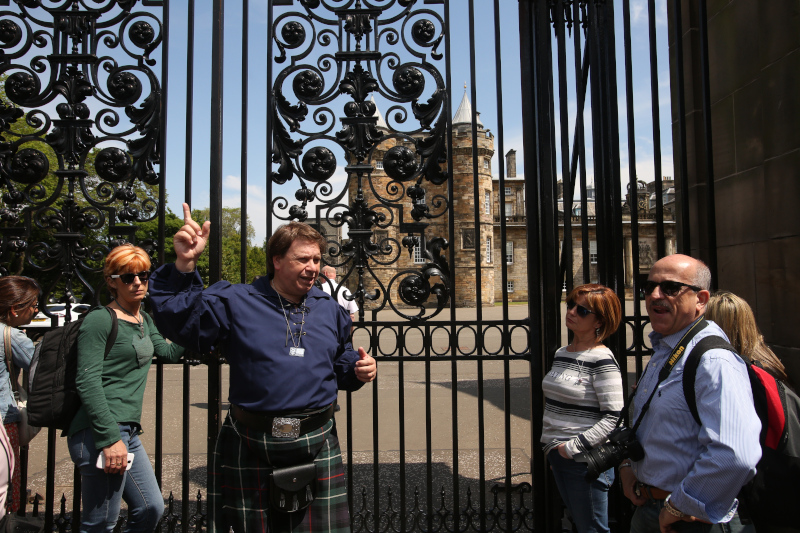 Outside Holyrood Palace gates, Edinburgh © STGA
Outside Holyrood Palace gates, Edinburgh © STGA


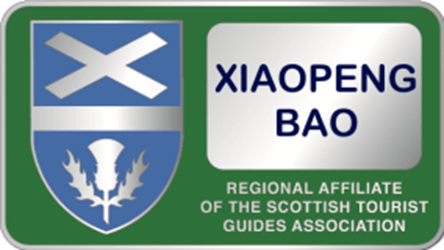
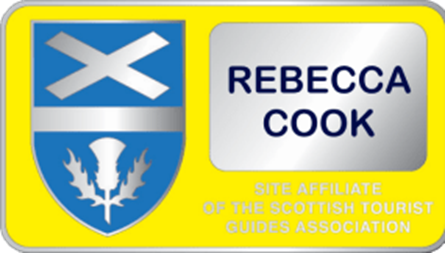
 Edinburgh Castle Esplanade © STGA
Edinburgh Castle Esplanade © STGA








